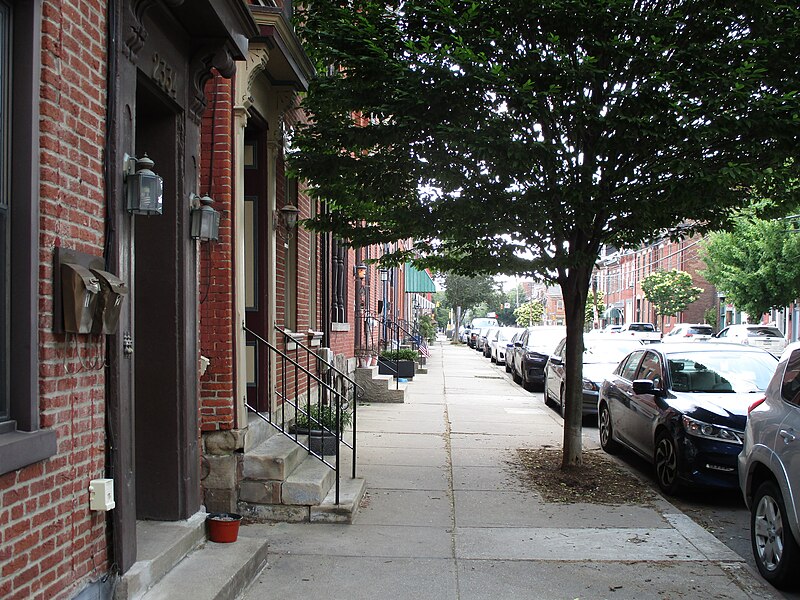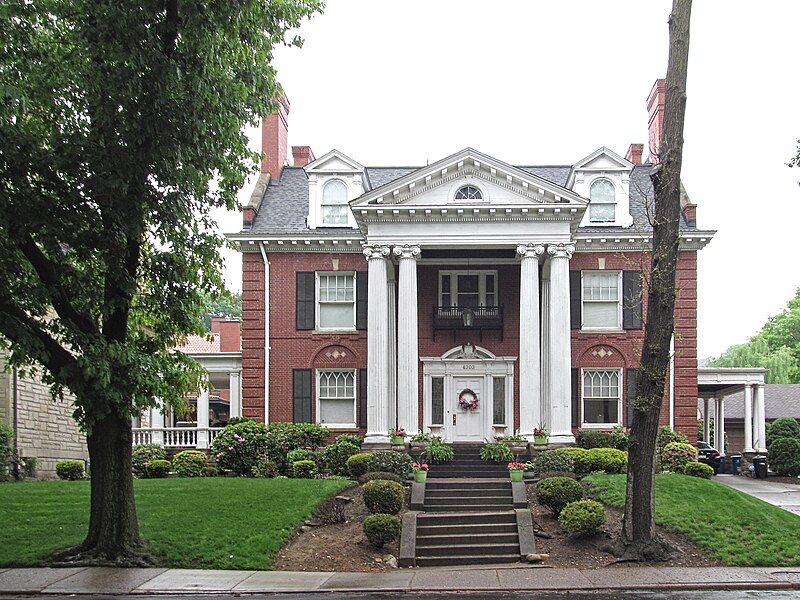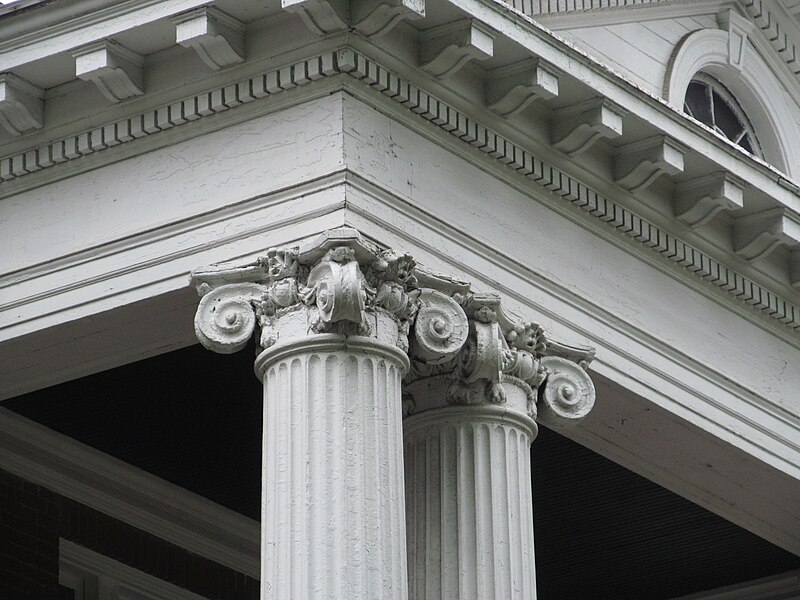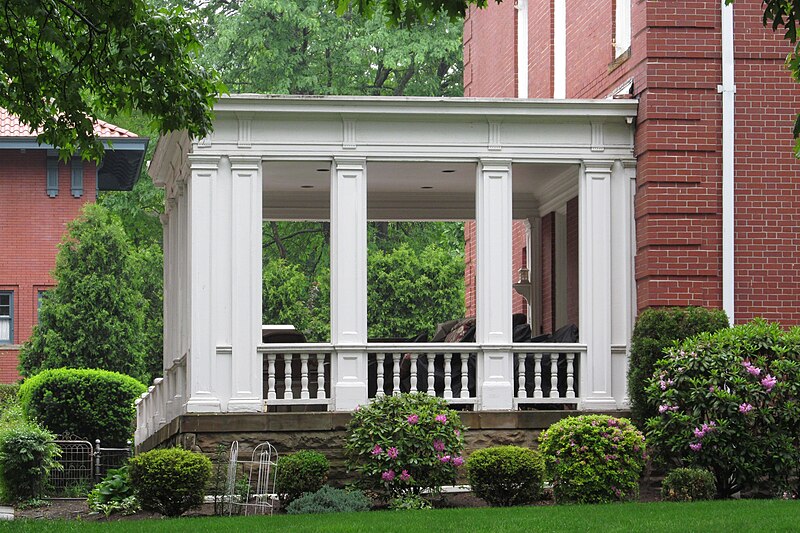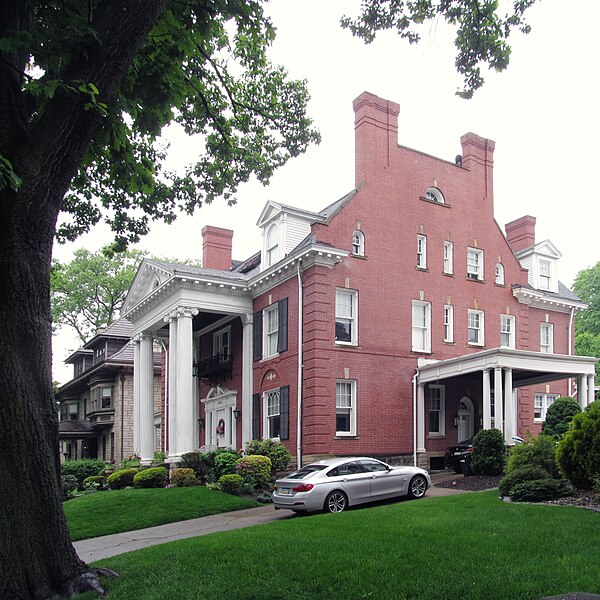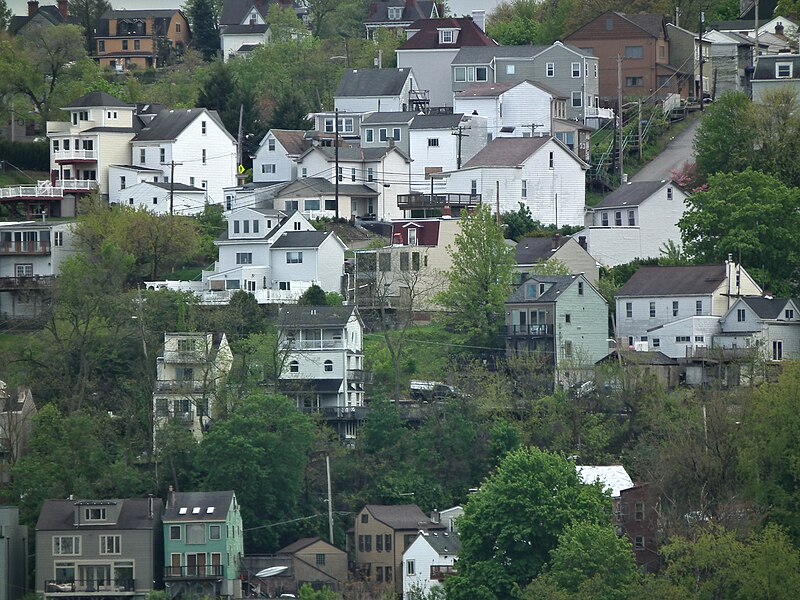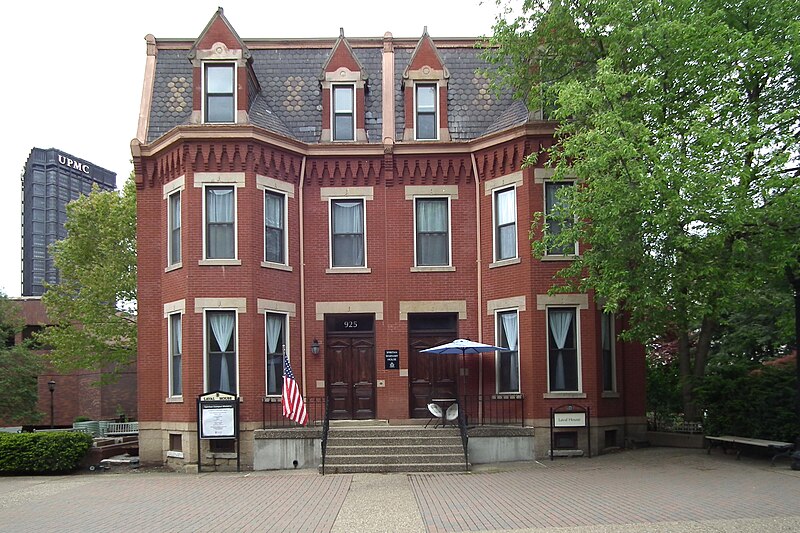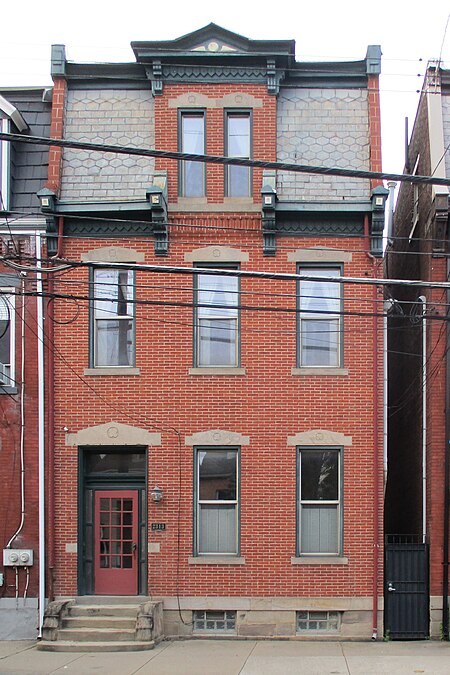
An album of fine Victorian houses from one block of Sarah Street on the South Side. These are not all the distinguished houses in this block: these are just the ones Father Pitt managed to get good pictures of in an after-sunset stroll.
Since we have fourteen pictures in this article, we’ll put the rest below the metaphorical fold to avoid weighing down the main page.
(more…)




